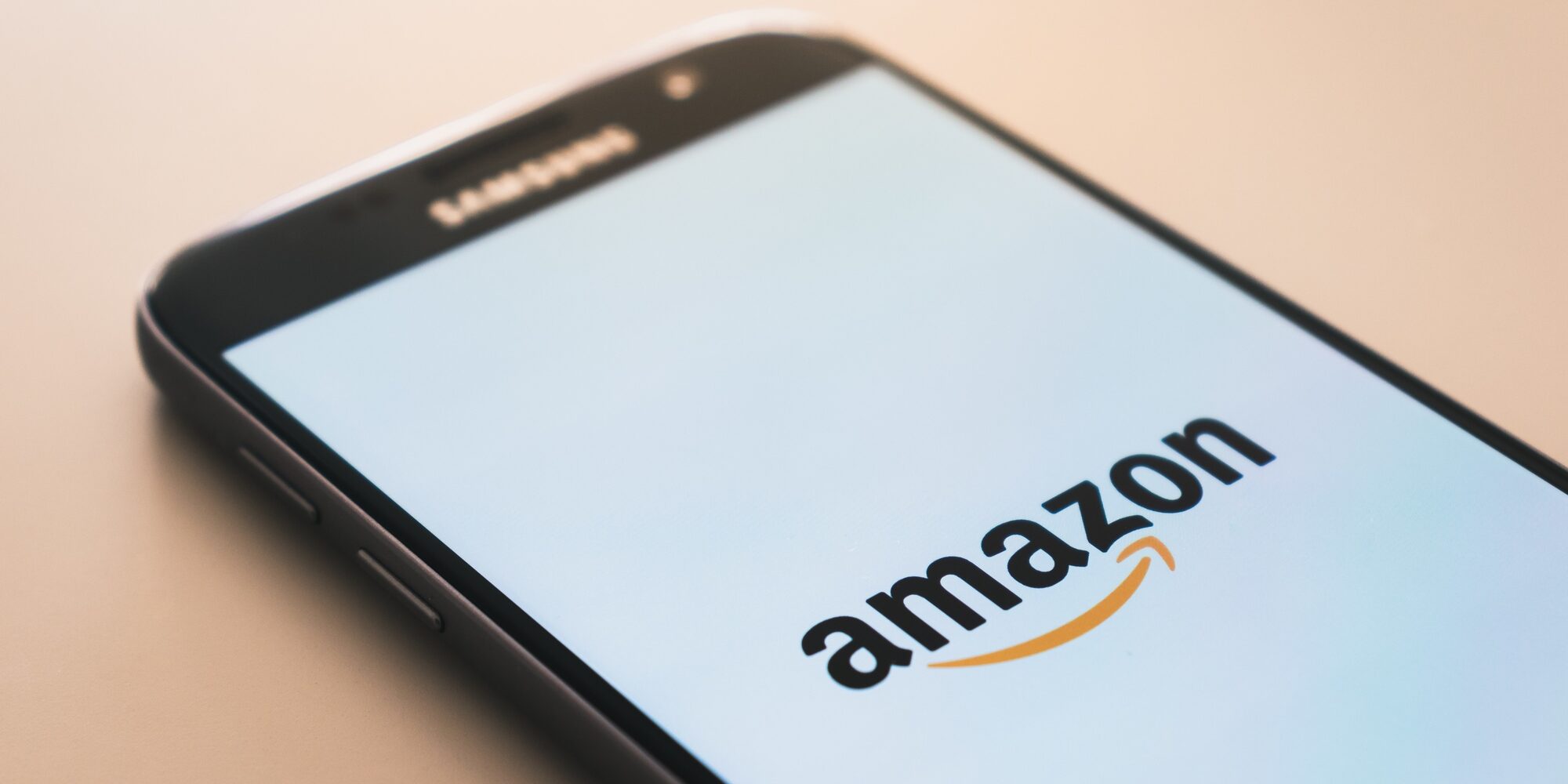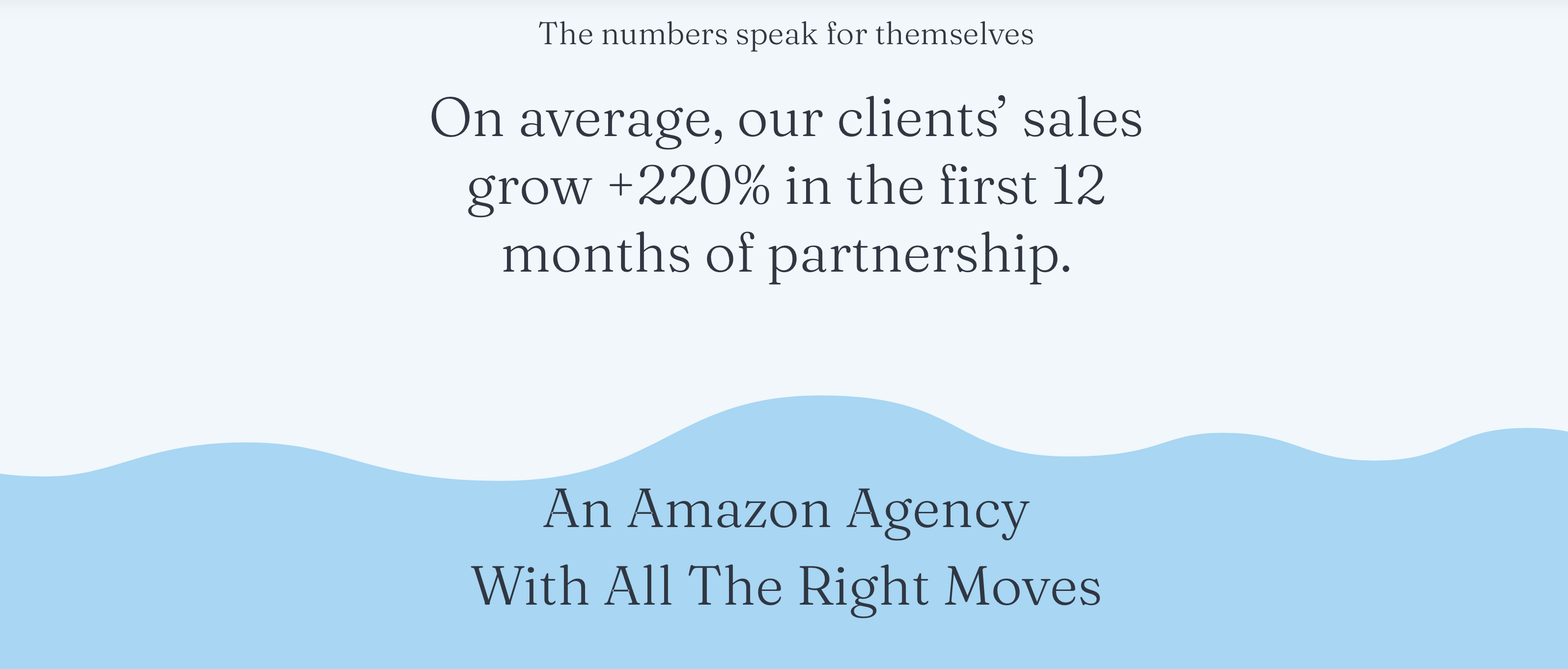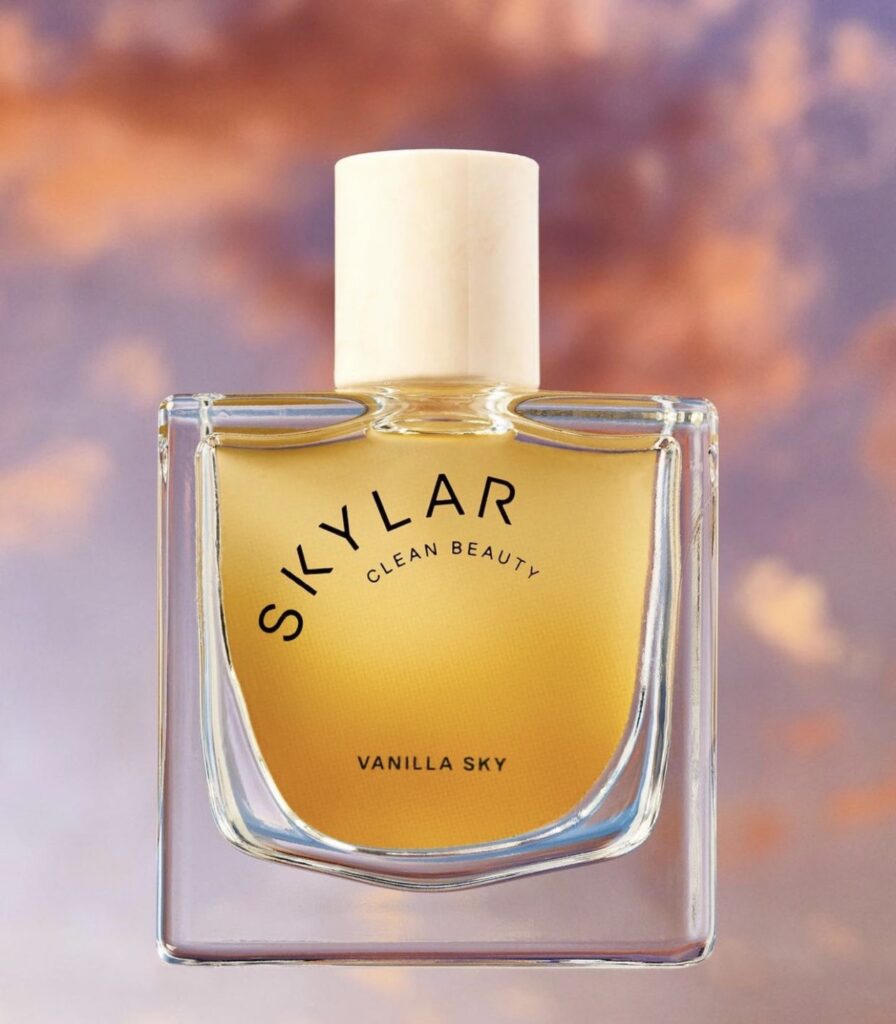
The Brand Strategies And Metrics That Matter Most For Amazon Success
In the beauty industry, views of Amazon have undergone an evolution.
Initially, it was perceived as a bargain outlet harmful to branding. Later, it was considered a replenishment-only channel with a breadth so enormous it inhibited customers from discovering newness. Now, as the e-commerce juggernaut widens its reach in premium beauty, a segment that once maligned its mere presence, and direct-to-consumer brands premiere on it faster than ever, the industry has waken up to the potential sales they can achieve on Amazon.
But success on the gigantic website that sells over 300 million products on its marketplace isn’t easy. It takes clear positioning, the right products and prices, carefully placed resources and a serious strategy to pull ahead. To shed light on beauty brands’ business on Amazon, Beauty Independent turned to Melis del Rey, GM of North America Stores in beauty, baby and beauty tech at Amazon, Laura Meyer, founder and CEO of Amazon growth firm Envision Horizons, and Cat Chen, founder and CEO of fragrance brand Skylar, for last week’s In Conversation webinar sponsored by Envision Horizons. They discussed the opportunities Amazon’s vast ecosystem affords beauty brands, the metrics brands should be watching, and whether Amazon eats into DTC revenues.
The Amazon Perspective
Although it extends to 30-plus product categories, including home and garden, outdoors, grocery and pet supplies, beauty is an important priority for Amazon. Customer penetration in the category is huge, with 100 million unique beauty shoppers on Amazon every month. In September alone, 31 million beauty shoppers bought cosmetics on Amazon, and 46 million bought skincare products, per del Rey.
In addition to its sheer size, Amazon breeds loyal shoppers with beauty. Over 90% of beauty consumers on the platform are Prime members who flock to Amazon to restock and learn about brands. Talking about Amazon’s role as a search engine, del Rey says, “That uniquely differentiates us in some ways. Sixty-nine percent of all online beauty searches today start on Amazon, which is a phenomenal percentage when you think about it.”
Amazon, however, isn’t just a retailer or a search engine. With over 100 million monthly viewers across its digital content platforms and devices, and the third largest digital advertising business behind Google and Facebook, it’s a media and entertainment company as well. “We offer an integrated ecosystem of customer engagement,” says del Rey. “What puts us in this unique position is the fact that we can have a singular and a unified view of our customers.”
The path to winning on Amazon, though, often can be long, arduous and pricey, especially for smaller brands with tight budgets. To thrive on the platform, brands have to start with the basics, emphasizes del Rey. She suggests the following two points are “absolutely mandatory” for brands aiming to be significant Amazon players:
1. Brands must optimize their core shopping experience by creating compelling and detailed product pages. “You need to do that really well because that’s your 24/7 sales associate,” says del Rey. “Effectively, you need to have an amazing brand store to highlight all the unique aspects of your brand and make it easy for customers to shop.”
2. Shore up product discoverability with simple and straightforward platform tools like sponsored products and keywords. Brands should work with Amazon staff or external agencies to devise marketing strategies that align with their budgets.

The Agency Perspective
Envision Horizons assists consumer brands in setting up, managing, marketing and scaling their Amazon businesses. Although it operates in a number of industries, the agency is focused on beauty and wellness, and works with brands at all stages of growth. On average, an Envision Horizons client generates about $2 million a year on Amazon, but doesn’t sell solely on Amazon. Envision distinguishes itself from other Amazon growth agencies with an approach that understands Amazon as a leg of multifaceted distribution networks.
Meyer says, “The biggest thing with Amazon is making sure that you are launching on the platform when it’s the right time for your company, meaning you have the internal resources, the adequate inventory and a crystal clear vision of what makes your product unique.”
Most beauty brands are suited to selling products on Amazon, underscores Meyer. There are three exceptions: 1. Brands that offer a highly customized service or products (think personalized haircare brand Function of Beauty) aren’t currently compatible with the platform. 2. Mass brands specializing in cheap products like $2 eyeshadows often don’t reach profitability on Amazon unless they sell bundles or kits. 3. Luxury brands with items priced at $1,000 and above don’t generally register enough volume on the platform to make it worthwhile.
Meyer figures that beauty products priced between $20 and $75 have the most traction with Amazon customers. Brands can sell on Amazon either as a vendor (Vendor Central) that ships inventory to Amazon’s warehouses for resale or as a seller (Seller Central) that ships directly to Amazon customers. Meyer prefers her clients to be on Seller Central. She says, “It’s essentially the direct-to-consumer model, but it leverages the Amazon ecosystem and provides the benefits of partnering with a retailer that has an existing customer base.”
Brands should approach Amazon as a high-performance customer acquisition channel. Meyer says, “In this time of economic uncertainty, I still strongly believe that, if you’re going to jump on any of the ships right now, Amazon should be it.” She stresses that improving brand loyalty and cross-catalog selling is essential to enlarging beauty brands’ Amazon hauls. Amazon’s display advertising or DPS can be beneficial in that regard, and Envision Horizons is heavily leaning into it.
There are more than 80 reports that brands can download from Seller Central to measure performance. The challenge is in pinpointing the critical metrics to track. Envision Horizons focuses on conversion rates, new-to-brand customer acquisition, repurchase rates, and subscribe and save. SEO tracking on Amazon is valuable, too.
“You need to not only track keywords, but also how your products pair up with relevant keywords,” says Meyer. “That is a moving target. It’s almost like watching the stock market because you can change in your indexing and in your BSR, which is your bestseller ranking, on a daily basis.”
Staying in stock on Amazon should be at the top of every brand’s to-do list, especially brands that are new to the platform and building momentum. Meyer says, “The Amazon algorithm judges you based on how many units a day you sell, so it’s very difficult to regain that momentum without another expensive investment of almost a product relaunch.”

The Brand Perspective
Skylar began on Amazon with a defensive strategy against gray-market listings that kept popping up for its products on the platform. Chen says, “It didn’t look good for the brand, and we realized that, regardless of whether we wanted to sell on Amazon or not, our products were being listed there.”
Amazon has since became a major strategic channel for Skylar. To optimize search and amass customer reviews on the platform, it’s concentrated on having detailed product pages complete with video content that tells the story behind each scent. The efforts seem to be working so far. Skylar’s repeat customer rate on Amazon jumped from single to double digits within a year. “That was quite surprising to me,” says Chen. “It’s not too much different than what we’re seeing with non-subscription customers on our website.”
Skylar first launched via DTC in 2017 before expanding into wholesale partnerships with Nordstrom, Macy’s and Sephora. It didn’t launch on Amazon until 2021, and Chen has no regrets about the brand’s Amazon timing. “As a fragrance brand, we needed to build up awareness first before venturing onto Amazon,” she reasons. Awareness of Skylar helped fuel Amazon searches for the brand, and it promptly snagged a coveted Amazon’s Choice badge on its five-piece discovery set. The brand’s complete assortment is available on Amazon.
A common concern that brands have about Amazon is that its scale and convenient shipping will deter customers from shopping their DTC sites. That hasn’t been a problem for Skylar. “Having your products available in multiple channels is a good thing nowadays,” says Chen. “I’m sure there’s some customer overlap, but we haven’t seen any significant cannibalization between Amazon and our DTC.”
Skylar has tapped Envision Horizons to navigate the Amazon ecosystem and accelerate its sales on the platform. Chen recommends that brands find agents that have had experience with companies of their size and growth stage as well as the ability to do the hard work in areas where their internal teams don’t have expertise.





Leave a Reply
You must be logged in to post a comment.